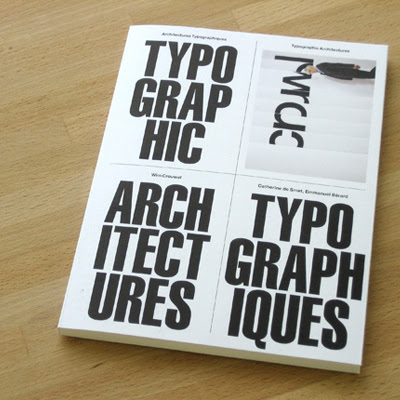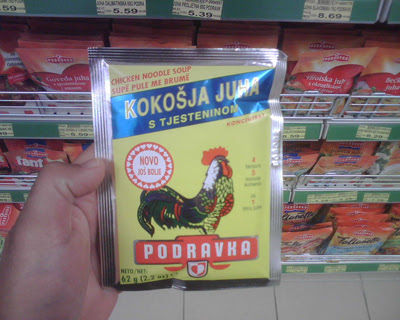



What happens when Experimental Jetset designs the bilingual catalog from the Galerie Anatome exhibition of Wim Crouwel.
Modernist excellence.
Purchase it here.






















PhotoOpportunity.jpg)
TimeTrials.jpg)
FurnitureDesign.jpg)
Typography.jpg)
CustomerService.jpg)





















 Cyclist Michael Rasmussen was my hero. Yesterday he was kicked out of the Tour for doping. From childhood I have always loved the red polka-dot jersey awarded to the best mountain climber of the Tour de France - Luis Hererra, Stephen Roche and for the last 2 years Michael Rasmussen. So while I'm in the market for a barely legal 14 lbs racing bike, and 'gutted' over the betrayal by my hero, I also captured an image of perhaps the earliest and most purely exciting type of bicycle riding - sitting on the cross bar of an older siblings beater. Hi design or low design - enjoy the
Cyclist Michael Rasmussen was my hero. Yesterday he was kicked out of the Tour for doping. From childhood I have always loved the red polka-dot jersey awarded to the best mountain climber of the Tour de France - Luis Hererra, Stephen Roche and for the last 2 years Michael Rasmussen. So while I'm in the market for a barely legal 14 lbs racing bike, and 'gutted' over the betrayal by my hero, I also captured an image of perhaps the earliest and most purely exciting type of bicycle riding - sitting on the cross bar of an older siblings beater. Hi design or low design - enjoy the